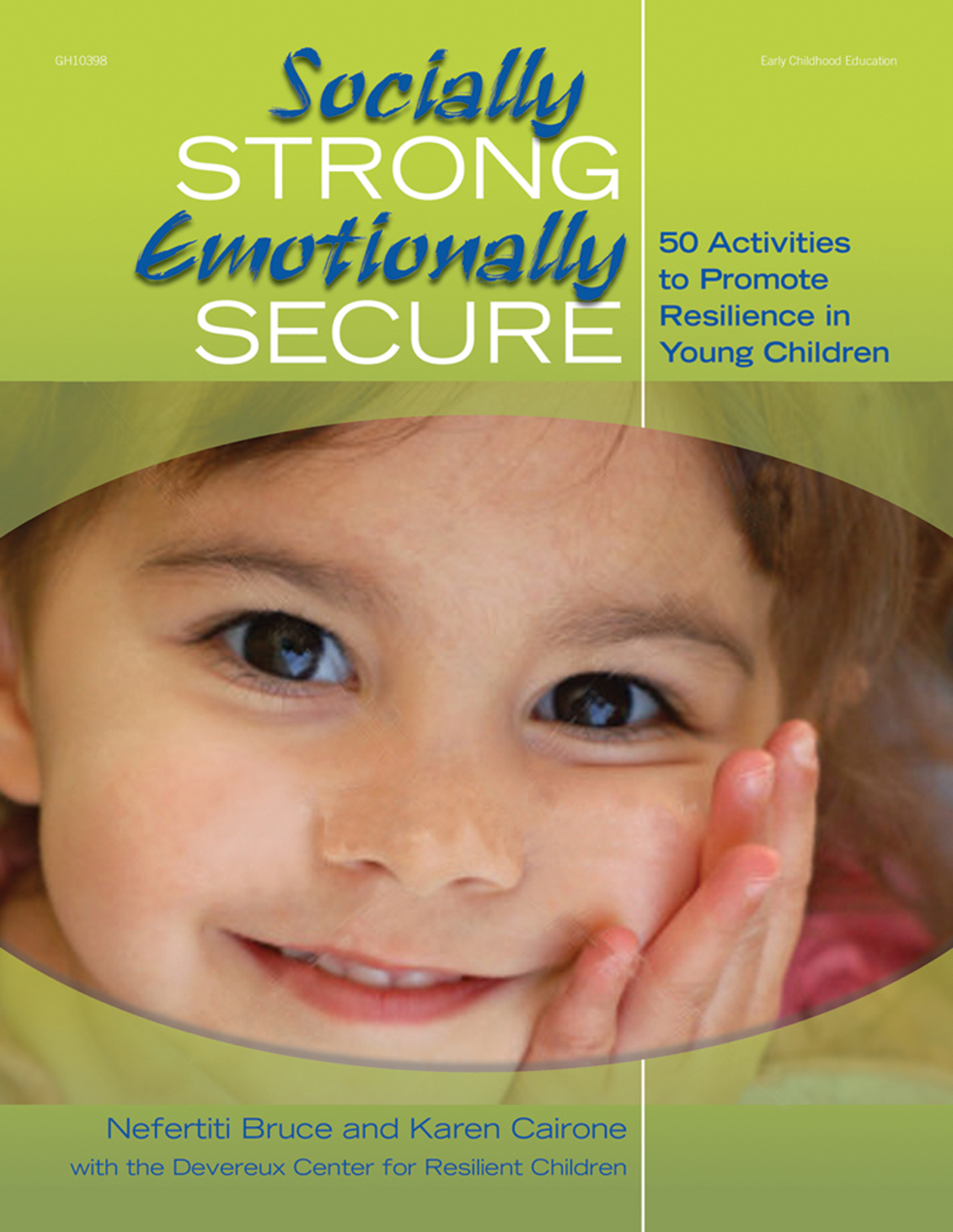The word responsible can be a “big” word for children to understand. However, when adults help children to see what responsible behaviors look like, they soon learn to understand what the word means and, more important, how to carry out such behaviors themselves. By providing children with a visual, this activity from Socially Strong, Emotionally Secure helps children to see how their responsible behaviors can create growth in themselves, friends, family, and even a tree!

Materials
- colored construction paper
- large brown paper
- marker
What To Do
- Introduce the word “responsibility” as “taking care of ourselves and each other,” “being kind to each other,” “helping,” “caring for our classroom and materials,” and so on.
- Help the children understand that in their class, the responsibility tree will grow if they help take care of themselves, each other, and their classroom.
- Invite the children to help you trace and cut a tree shape, branches, and apples from the colored paper.
- Explain that the responsibility apple tree will grow new apples each time they demonstrate responsible behavior.
- It is a good idea to have a basket of pre-cut apples readily available to record the great “growing” that is sure to take place.
- Each time you see one or more of the children act responsibly, reward them by adding a new apple to the responsibility apple tree. Write the friendly behavior on the apple tree (no names are necessary). be sure to talk to the children about what happened to help the apple tree grow.
- To let children know responsible behavior is not just for them, encourage the children to add apples to the tree when they see adults, peers, and others in their environment showing responsible behavior.
DOWNLOAD ACTIVITY PDF
Material from Socially Strong, Emotionally Secure by Nefertiti Bruce and Karen B. Cairone (pages 63 - 63).
Instructions
Set out enough of the above materials for each child.
What to Do
1. Ask the children if they have seen an elephant. Was it in a zoo?
2. Encourage the children to talk about how big elephants are. Show the children
images of elephants to help the discussion. What color are they? Do they have
tusks? Do the children know anyone who has been to Africa or Asia and seen
elephants in the wild? Are all elephants gray? If an elephant rolls in the mud, is
it a different color? Why would an elephant roll in the mud? Encourage all the
children to participate.
3. Show the children the materials and encourage each of them to paint an
elephant. They can mix colors, such as black and white, to make gray. They
can also paint in grass and the sky and use their imaginations.
Teacher - to - Teacher Tip
* Have any of the teachers at the school, or parents or caretakers, observed
elephants in the wild in Africa or Asia? If so, ask them to talk to the children
about the experience.
Assessment
Consider the following:
* Can the child tell you where elephants live?
* Can the child describe an elephant, using color and other descriptors?
